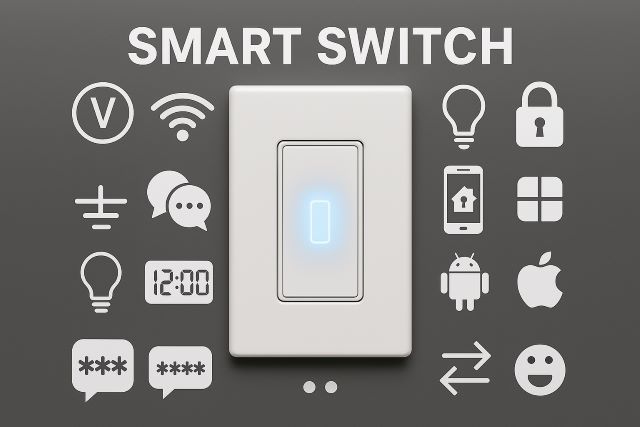
💡 Smarten your space AND your mind! Try
Audible,
Kindle Unlimited, or
Prime Video while controlling everything hands-free.
Claim your free trials here and enjoy immersive content experiences at home.
Why the Neutral Wire Matters
Most smart switches require a neutral wire to complete the circuit and power the switch’s internal components. However, many older homes don’t include a neutral wire at the switch box. This has traditionally made installing smart switches challenging in such environments.
The Role of Capacitive Load and Trickling Power
Smart switches without a neutral wire are specially designed to draw a tiny amount of electricity through the load wire, even when the light is technically off. This trickling current powers the switch’s connectivity features, such as Wi-Fi or Zigbee. To function properly, these switches typically rely on capacitive loads like incandescent or certain compatible LED bulbs. You can read more about the underlying principles on Wikipedia’s capacitive sensor page.
Types of Smart Switches Without Neutral
There are several brands that offer no-neutral switches, including options with built-in relays, bypass devices, or hub integrations. Some use RF communication to connect with hubs that supply power indirectly.
Considerations Before Buying
- Check compatibility: Not all bulbs work with these switches.
- Install bypass: Some setups may require a bypass near the bulb to ensure performance.
- Hub dependency: Devices using Zigbee or Z-Wave might require a hub for full functionality.
Is a Neutral-Free Setup Right for You?
If rewiring isn’t an option in your home, then a smart switch that works without a neutral wire can be an excellent solution. Just make sure you verify bulb compatibility and be prepared for minor tweaks during installation.